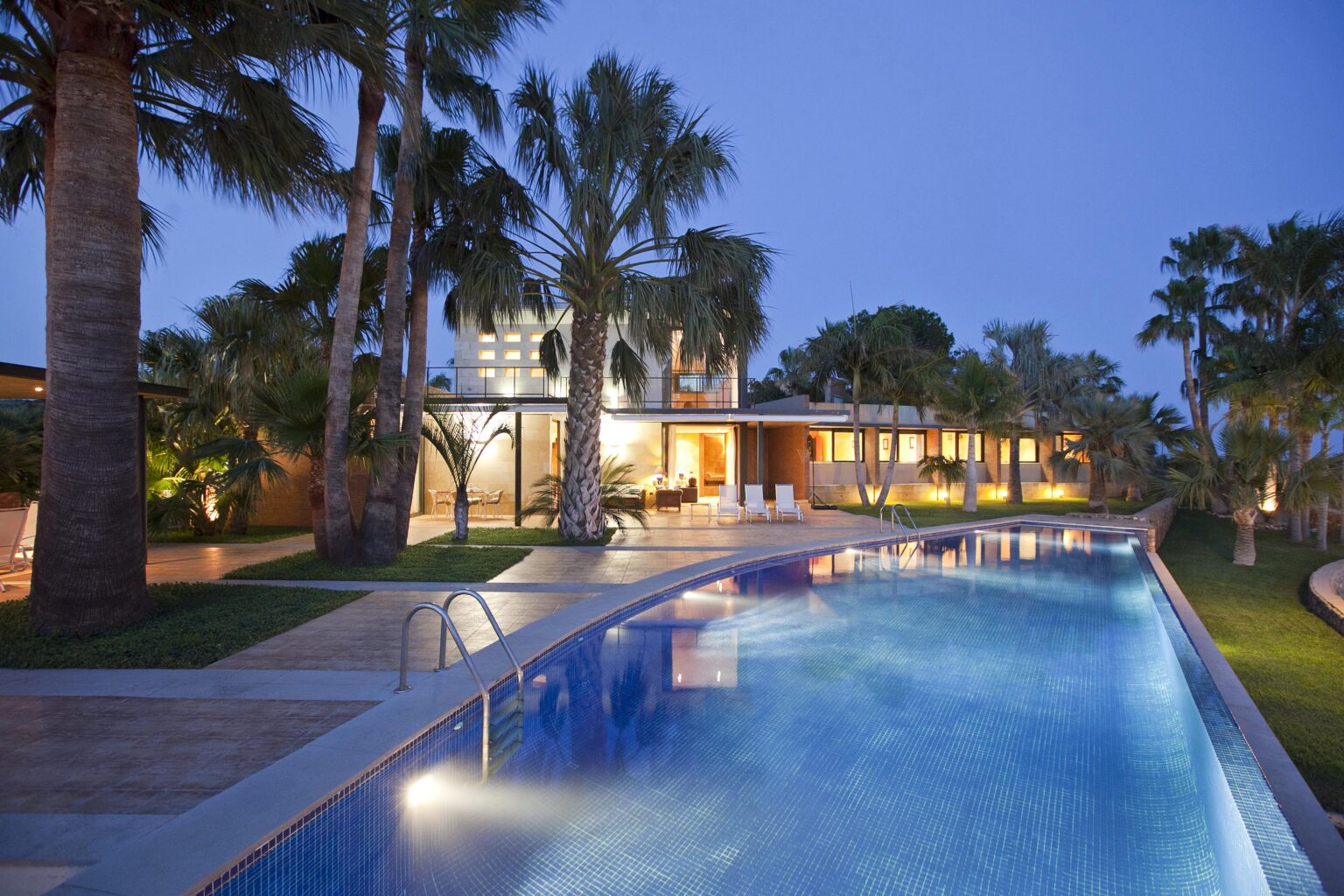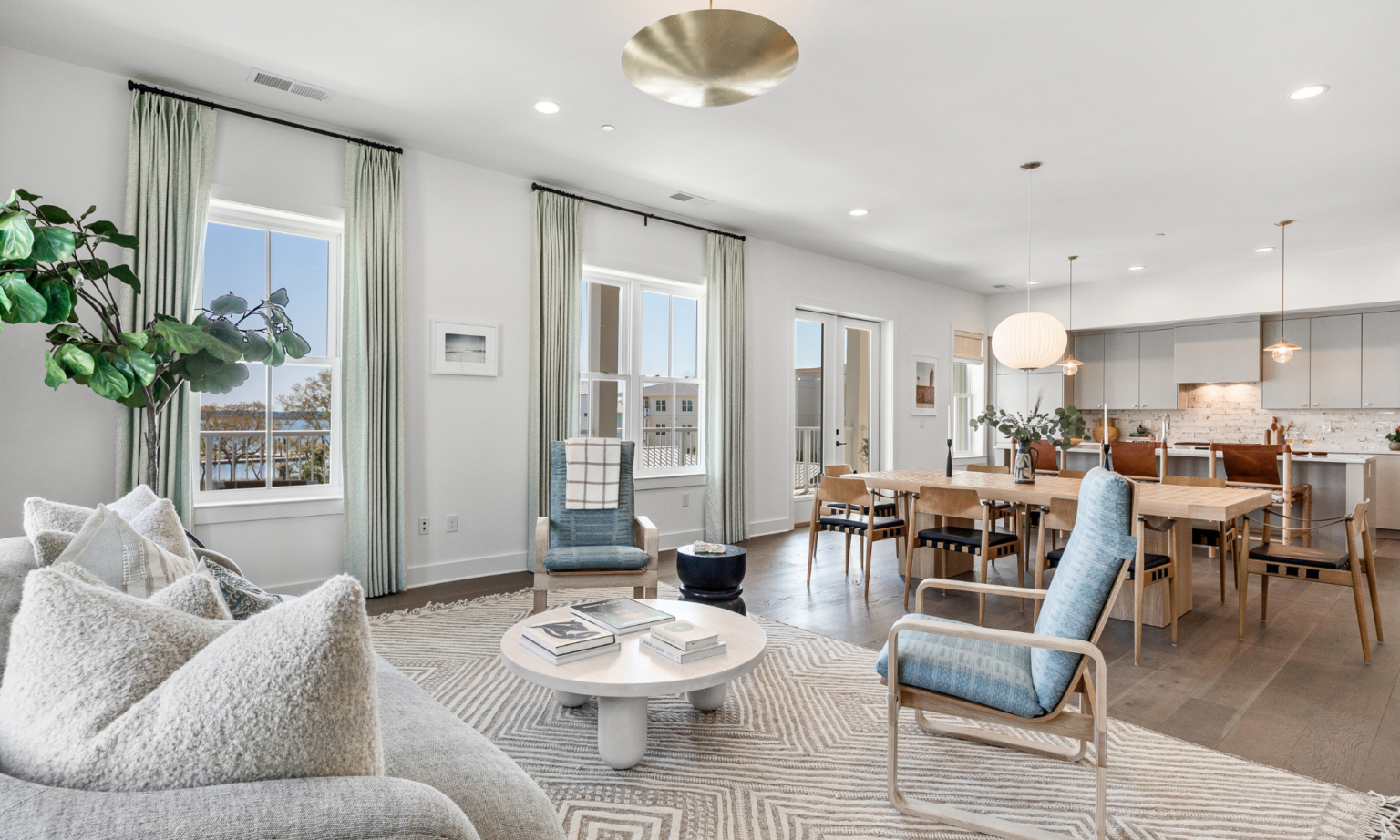Are Second Homes the New Primary Residences?
Modern Creekside Residence in Vail, Colorado. Slifer, Smith & Frampton Real Estate.

Estate with Two Chalets in Gstaad, Switzerland. FGP Swiss + Alps.
Pandemic lockdowns, dramatically reduced travel, changing work requirements—as well as a renewed focus on the value of ‘home’—prompted many HNWIs to review their real estate priorities over the past 18 months. As a result, the concept of the ‘second home’ is undergoing a rapid transformation. Across the spectrum of second home lifestyle destinations—from golf and ski, to vineyards and beach and beyond—living in a second home for more extended stays or electing to make it a permanent residence is becoming increasingly common, especially in areas with favorable tax regimes.
Almost all brokers in second home markets in 2021 reported that even if luxury homes were purchased initially as a vacation residence, HNWIs are increasingly using these homes for different purposes and longer periods. See Exhibit 4. The driver is remote working. “There is an evolution of the primary home,” opined Antonio Ribes Bas of Rimontgo in Valencia, Spain. “When people buy outside the city it is not a second residence, as much as it is a second first residence.”
This trend, which was already beginning before the pandemic, has been enabled by the rise of remote work and long-distance learning powered by technology (super-fast broadband and digital conferencing), combined with a longer-term desire and greater appreciation for wellbeing and a better quality of life, as HNWIs began to prioritize lifestyle over location.
“Living in the mountains for short or even longer stays is becoming increasingly popular among people living in cities and denser areas,” observed Quentin Epiney of FGP Swiss & Alps in Switzerland. “Some of them have purchased a second home in the Swiss Alps, opting to either split time at or use the snow-covered peaks as their main residence.”
When people buy outside the city it is not a second residence, as much as it is a second-first residence.”
- Antonio Ribes Bas of Rimontgo in Valencia, Spain

Sea View Villa in Benicassim, Castellon, Spain. Rimontgo.

Waterfront Residence in Charleston, South Carolina. East West Real Estate.